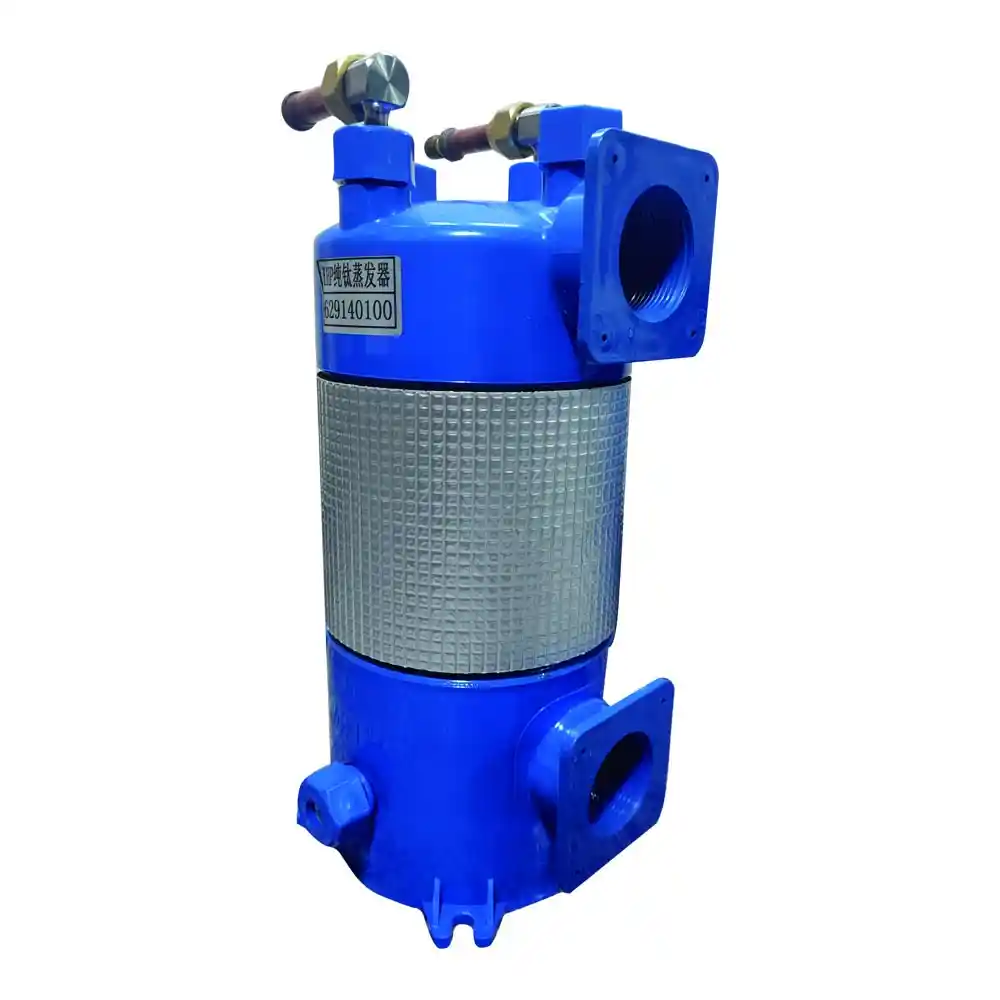Introduction
Coil tube cutting and flaring are essential processes in the manufacturing of titanium coil heat exchangers with PVC shells. These processes involve shaping the titanium coil tubes to ensure proper fitment, sealing, and optimal heat transfer performance. This article provides a detailed overview of the coil tube cutting and flaring procedures, including the techniques, equipment, and considerations involved.
1. Coil Tube Cutting
Coil tube cutting is the process of cutting the titanium tubes to the required length for the heat exchanger assembly. Precise cutting is crucial to ensure accurate tube lengths and proper alignment within the heat exchanger. The following steps outline the coil tube cutting process:
1.1 Tube Measurement and Marking
Each titanium coil tube is carefully measured to determine the desired length. The measurements are marked on the tube surface using appropriate tools, such as a ruler or tape measure. Accurate marking ensures consistency in tube lengths during the cutting process.
1.2 Cutting Technique Selection
Various cutting techniques can be employed based on factors such as tube diameter, wall thickness, and production volume. Common cutting methods include:
- Saw Cutting: Saw blades are used to make straight cuts on the marked locations. This technique is suitable for larger tube diameters and thicker walls.
- Shearing: Shearing tools are utilized to cut the tubes. This method is ideal for thinner-walled tubes and provides precise and clean cuts.
- Laser Cutting: Laser technology is employed for precise and automated cutting of the titanium coil tubes. This method is efficient for high-volume production.
1.3 Cutting Process
Once the cutting technique is determined, the marked titanium coil tubes are carefully positioned and secured in the cutting equipment. The tubes are then cut according to the marked lengths using the selected cutting method. Proper clamping and alignment are crucial to ensure accurate and perpendicular cuts.
2. Coil Tube Flaring
Coil tube flaring is the process of forming a flared end on the titanium coil tubes. The flared end allows for proper sealing and connection with other heat exchanger components, such as headers or tubesheets. The following steps outline the coil tube flaring process:
2.1 Flaring Tool Selection
Flaring tools are selected based on the tube diameter, flaring angle, and the desired flare shape. Commonly used flaring tools include:
- Manual Flaring Tools: These handheld tools are suitable for small-scale production and provide manual control over the flaring process.
- Hydraulic Flaring Machines: These automated machines utilize hydraulic pressure to create consistent and precise flares. They are ideal for high-volume production and complex flaring requirements.
2.2 Flaring Process
The marked end of the titanium coil tube is carefully positioned within the flaring tool. The tool is then activated, applying controlled pressure to gradually shape the tube end into the desired flare shape. The process ensures a uniform and smooth flare while maintaining the tube’s structural integrity.
2.3 Flare Inspection
After flaring, the flared ends of the coil tubes are inspected to ensure proper dimensions, angle, and surface finish. Any imperfections or irregularities are addressed and corrected as necessary to maintain the integrity of the flares.
Conclusion
Coil tube cutting and flaring are critical processes in the manufacturing of titanium coil heat exchanger components. Accurate tube cutting and precise flaring techniques ensure proper fitment, sealing, and efficient heat transfer within the heat exchanger system. By employing appropriate cutting and flaring methods and conducting thorough inspections, manufacturers can produce high-quality titanium coil tubes with reliable flared ends for optimal performance in titanium coil heat exchangers with PVC shells.
Table 1: Coil Tube Cutting and Flaring Summary
| Manufacturing Step | Descripción |
|---|---|
| Coil Tube Cutting | 1. Tube Measurement and Marking |
| 2. Cutting Technique Selection | |
| 3. Cutting Process | |
| Coil Tube Flaring | 1. Flaring Tool Selection |
| 2. Flaring Process | |
| 3. Flare Inspection |
Note: The table provides a summary of the coil tube cutting and flaring processes. Please refer to the corresponding sections for detailed explanations.
By following proper procedures and using appropriate equipment, manufacturers can ensure the accurate cutting and precise flaring of titanium coil tubes, contributing to the overall quality and performance of the heat exchanger system.


